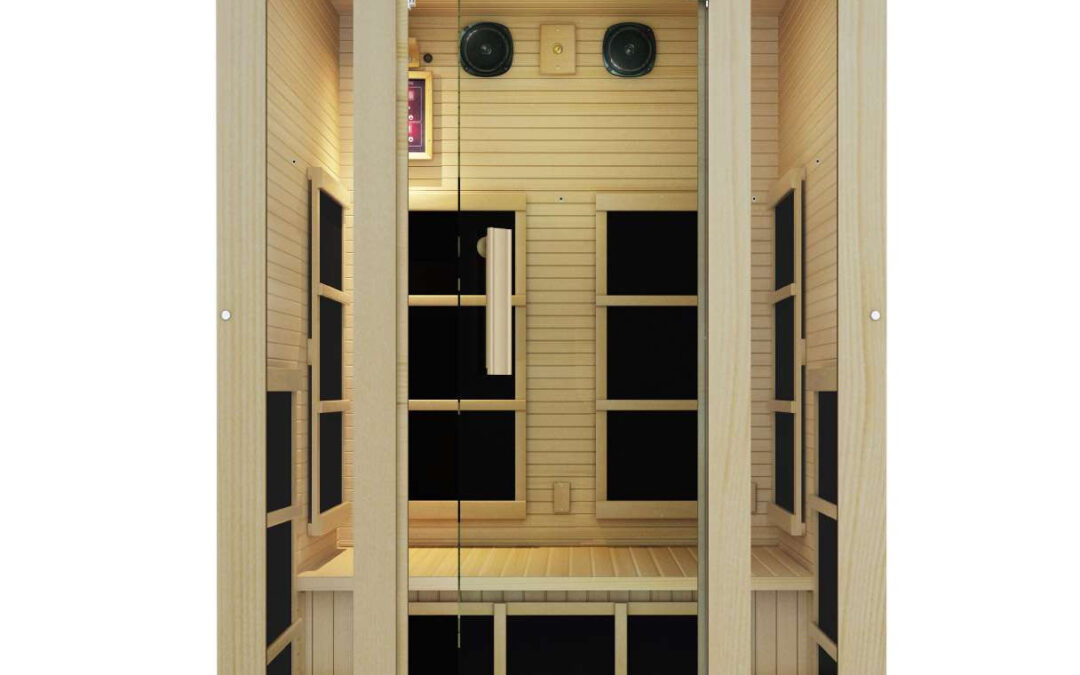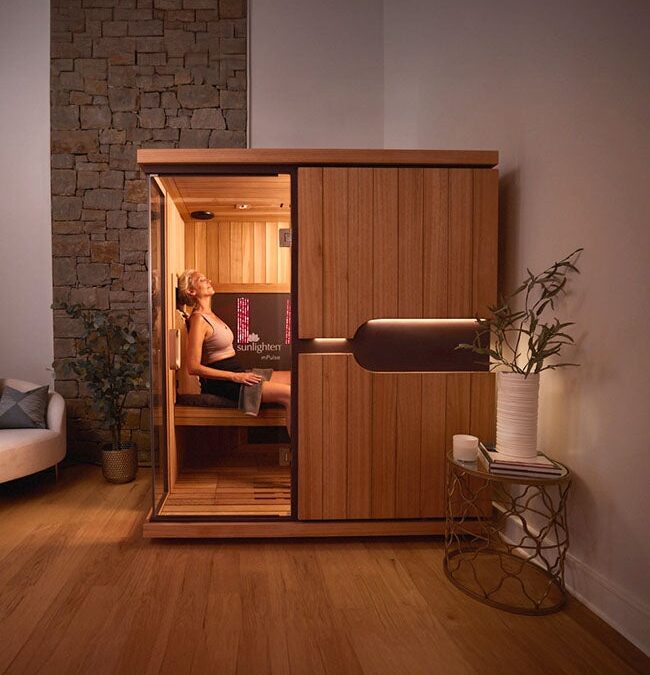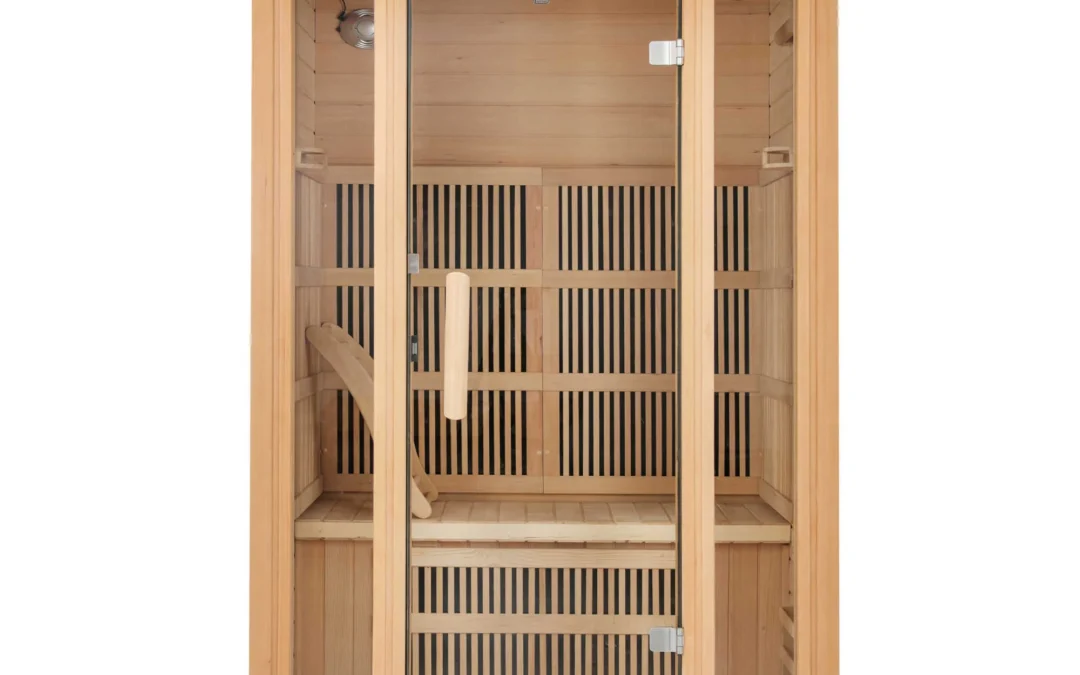Introduction
Are you one of the many individuals who have recently switched to a memory foam mattress, only to find yourself experiencing back pain? While a memory foam mattress is renowned for its comfort and pressure-relieving properties, it may not be suitable for everyone, especially those with back issues. In this article, we will delve into the relationship between memory foam mattresses and back pain, explore the causes behind this discomfort, and provide you with valuable tips for finding the right mattress and preventing back pain, including addressing the potential issue of Memory Foam Mattress Causing Back Pain.
Understanding Memory Foam Mattresses
Memory foam mattresses are often praised for their ability to provide exceptional comfort and support. However, some individuals have expressed concerns about memory foam mattress causing back pain. It is important to address these concerns and provide accurate information regarding this issue. Memory foam mattresses are constructed using viscoelastic material that responds to heat and pressure, enabling it to contour to the shape of your body. This unique feature allows memory foam to distribute your body weight evenly and alleviate pressure points, resulting in a comfortable sleeping surface. By examining the potential causes of back pain and considering individual factors such as mattress firmness preference and proper body alignment, we can better understand the relationship between memory foam mattresses and back pain.
The Relationship Between Mattresses and Back Pain
Your mattress is a crucial factor in determining your sleep quality and spinal alignment. An unsuitable mattress, such as a memory foam mattress causing back pain, can contribute to or worsen back pain. It is vital to strike a balance between comfort and support to promote a healthy sleep posture and alleviate discomfort. By choosing a mattress that properly supports your body’s natural alignment and provides adequate cushioning, you can minimize the risk of experiencing back pain and ensure a restful night’s sleep.
Causes of Back Pain
Back pain can stem from a variety of factors, including poor posture, muscle strain, or underlying medical conditions. Identifying the underlying cause is crucial for effectively addressing the issue. An unsupportive mattress that fails to provide adequate spinal alignment can contribute to or exacerbate back pain.
How Memory Foam Mattresses Affect Back Pain
While memory foam mattresses offer numerous benefits, such as pressure relief and motion isolation, they can potentially cause or worsen back pain in certain individuals. Here are some reasons why:
- Insufficient Support: Memory foam mattresses may not provide adequate support for individuals with specific back conditions. The foam’s conforming nature can cause the body to sink too deeply, resulting in misalignment and increased pressure on the spine.
- Heat Retention: Memory foam has a reputation for retaining body heat, which can be uncomfortable for those who tend to sleep hot. Excessive heat can lead to muscle tension and discomfort, contributing to back pain.
- Firmness Level: Memory foam mattresses come in various firmness options. If you select a mattress that is either too soft or too firm for your specific needs, it can strain your back muscles and lead to pain.
Finding the Right Memory Foam Mattress
Choosing the right memory foam mattress is crucial to prevent or alleviate back pain. Consider the following factors:
- Optimal Firmness: Look for a mattress with medium firmness that provides a balance between support and comfort. This ensures proper spinal alignment and reduces the risk of back pain.
- Mattress Thickness: The thickness of the memory foam layer can influence the level of contouring and support. Thicker foam layers often offer better pressure relief, especially for individuals with back pain.
- Cooling Features: To combat heat retention, opt for a memory foam mattress with cooling technologies such as gel-infused foam or open-cell construction. These features promote better temperature regulation and prevent overheating.
Tips for Preventing Back Pain from a Memory Foam Mattress
To mitigate the risk of back pain when sleeping on a memory foam mattress, consider the following tips:
- Proper Pillow Support: Ensure your pillow provides adequate neck support to maintain proper spinal alignment. A pillow that is too high or too flat can strain your neck and contribute to back pain.
- Good Sleep Positions: Experiment with different sleep positions to find the one that offers the most comfort and maintains the natural alignment of your spine. Generally, sleeping on your back or side is recommended for individuals with back pain.
- Gradual Adjustment Period: Allow your body to adjust to the new mattress gradually. It may take a few weeks for your muscles and joints to adapt to the different feel of memory foam.
Alternative Mattress Options for Back Pain
If you find that memory foam mattresses are not suitable for your back pain, there are alternative options worth considering:
- Hybrid Mattresses: Hybrid mattresses combine memory foam with innerspring coils, providing both contouring support and responsive bounce. This combination can alleviate back pain and offer a more traditional mattress feel.
- Latex Mattresses: Latex mattresses offer a natural and resilient material that contours to your body while providing excellent support. They tend to be more breathable and responsive than memory foam.
The Importance of Proper Sleep Positions
Your sleep position significantly impacts your spinal alignment and can affect back pain. Here are some tips for maintaining proper sleep positions:
- Back Sleepers: Place a pillow under your knees to support the natural curve of your lower back. This relieves pressure and maintains spinal alignment.
- Side Sleepers: Draw your legs slightly toward your chest and place a pillow between your knees to align your hips, pelvis, and spine.
- Stomach Sleepers: While sleeping on your stomach is generally discouraged for individuals with back pain, placing a pillow under your hips can help maintain a more neutral spine position.
Incorporating Good Sleeping Habits
In addition to selecting the right mattress and sleep positions, developing good sleeping habits can contribute to a pain-free sleep experience:
- Regular Exercise: Engage in regular physical activity to strengthen your core muscles and promote better spinal support.
- Maintain a Healthy Weight: Excess weight can strain your back muscles and lead to discomfort. Maintain a healthy weight to reduce the risk of back pain.
- Relaxation Techniques: Incorporate relaxation techniques such as deep breathing, meditation, or gentle stretching before bedtime to relax your muscles and prepare your body for sleep.
When Should You Seek Professional Assistance for Back Pain?
If your back pain persists or worsens despite making changes to your mattress and sleep habits, it is essential to consult a healthcare professional. They can assess your health, provide an accurate diagnosis, and propose treatment alternatives that are suited to your unique requirements.
Conclusion
While memory foam mattresses offer many advantages, they may not be suitable for everyone, particularly individuals with back pain. Understanding the relationship between memory foam mattresses and back pain can help you make an informed decision when selecting a mattress. By finding the right balance of support and comfort, incorporating good sleeping habits, and considering alternative mattress options like Saatva, you can mitigate the risk of back pain and enjoy restful, rejuvenating sleep.
Want to check the best mattress for athletes with back pain? Check this out.




